|
Finally, Gentle Readers, a weekend that felt like spring! But I confess I haven't been complaining much because we were away for a couple of weeks, and the lingering cold weather gave me some extra time to do cleanup and other early season chores, like pruning. Which brings me to the topic of this post: pollarding. For those of you not familiar with the term, it's a traditional tree pruning technique that involves the regular removal of new growth back to a stump or candelabra-like structure for practical or aesthetic purposes. As Americans we tend towards an aversion to any form of tree pruning, except for fruit trees. Our dominant aesthetic is naturalism, and we decry techniques like pollarding as butchery and desecration of the normal growth of the tree. The Europeans haven't such a limited view of the matter. Our trip, to Germany and Central Europe, provided plentiful examples of the technique that were especially evident so early in the season, before the trees began to leaf out. I was struggling to identify most of them from the bark alone, but many types of broadleaf trees are treated thus, particularly Lindens, Planes, Hazels, Hornbeams, Horse Chestnuts, Oaks and Willows. Obsessed as I was with taking pictures of pruned and pollarded trees, I want to emphasize that the vast majority of trees we saw in parks and gardens were allowed to grow in their natural form. But where they deem it appropriate, European gardeners are never shy to take up the pruning shears. Shaping, shearing, pollarding, pleaching and of course topiary are all highly developed horticultural skills there that are used to effectively contrast and compliment the natural growth of other plants and to provide living architectural form. Pollarding is an ancient technique that's mentioned in Roman writing and has been widely practiced in Europe since at least the Middle Ages. It had, originally, very practical purposes: to provide fodder for livestock, easily harvestable fuel for fires, and long, supple stems for basketry and wickerwork. The term comes from the word "poll", an old term for the top of the head, therefore "topping" the tree at the head. Interestingly, studies have shown that this unnatural treatment maintains trees in a nearly perpetual juvenile state, so they live much longer than their unpruned counterparts. There are numerous examples of pollarding in Europe that have been maintained continuously for hundreds of years. Nowadays pollarding is done primarily for aesthetic purposes, and to maintain trees at a size that's more manageable and consistent in relation to architectural features, along streets or in courtyards and other urban settings. Pollarding and other traditional management techniques, like coppicing, are also enjoying a revival in agriculture among permaculturists. A stand of pollarded trees allows much more light to reach the ground, so creating pasturage for animals below and harvestable material above. Maybe it's an acquired taste, but I really like the sculptural quality of the knobbly heads, shaped by many years of pruning, and soon to be covered in fresh leafy growth. If you want to try your hand at pollarding, you must start with a young tree so an open and balanced branch structure can be developed over time. The pruning can be done any time after the leaves drop in fall but before the trees break dormancy in the spring, so it's a pleasant chore on a warmish late winter day when you're just dying to do something outdoors. Once you develop a pollard you have to maintain it by pruning back to the developing knob every year. Keep in mind that pollarding is an intentional technique, not at all the same as topping, which is what our road crews do to already mature trees around utility wires. That really is mutilation. I've been pollarding a line of Coral Bark Willows on my property for several years now, gradually developing a pleasing branch structure with bushy heads of summer growth at just the right height to screen my unsightly neighbor. Our garden is not at all grand, so the willows are at the back of a shrub border and planted in a staggered line, and the effect is more farmstead than formal. It solves a screening problem for me, and I enjoy the brightly colored shoots all winter, until I do the pruning in very early spring. Although it's definitely not for everyone, if you have an appropriate setting don't hesitate to use pollarding as a striking horticultural feature or a practical problem-solver. With a long and respectable history, it's a technique that more Americans should look at with an open mind! It wasn't all bare trees in Europe... spring was already happening there, as evidenced by these Hepaticas blooming in the woods near Munich.
1 Comment
1/24/2024 03:51:37 am
Kohl's is an American store that offers a customer feedback survey. As part of this survey, Kohl's has announced exciting news for survey winners. By participating in their official survey at https://www.kohlsfeedbackscom.com/survey-page/, customers have the opportunity to win a generous $2500 coupon. This presents a great opportunity for customers to provide their valuable feedback and potentially receive a significant discount for their future purchases at Kohl's.
Reply
Leave a Reply. |
Welcome to Sempervivum, an opinionated, sometimes informed and completely unqualified journal of gardens, plants and plantings by artist-gardener Robert Clyde Anderson. Archives
October 2021
Categories
|
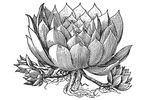
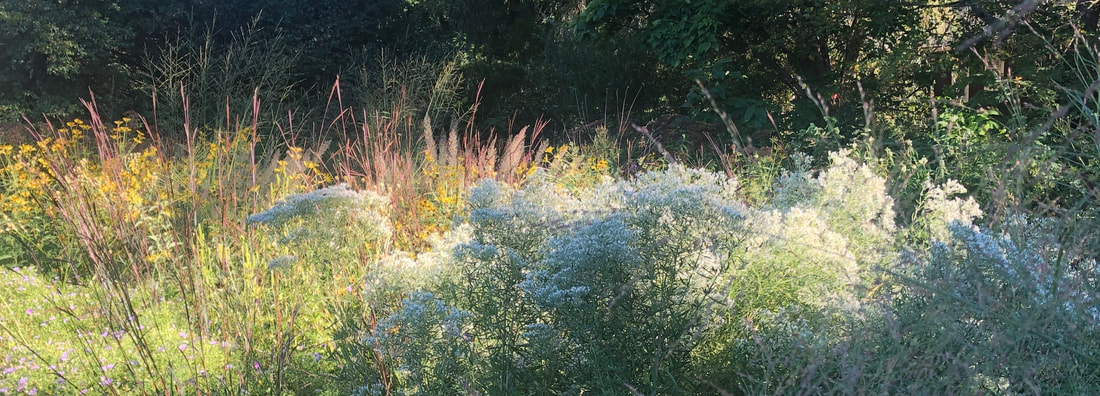
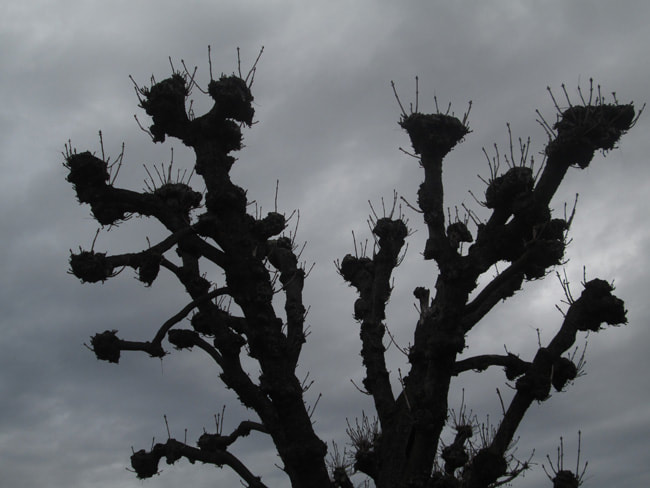
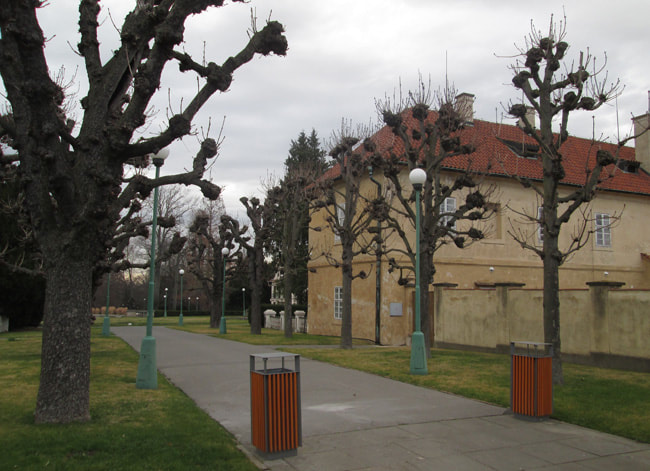
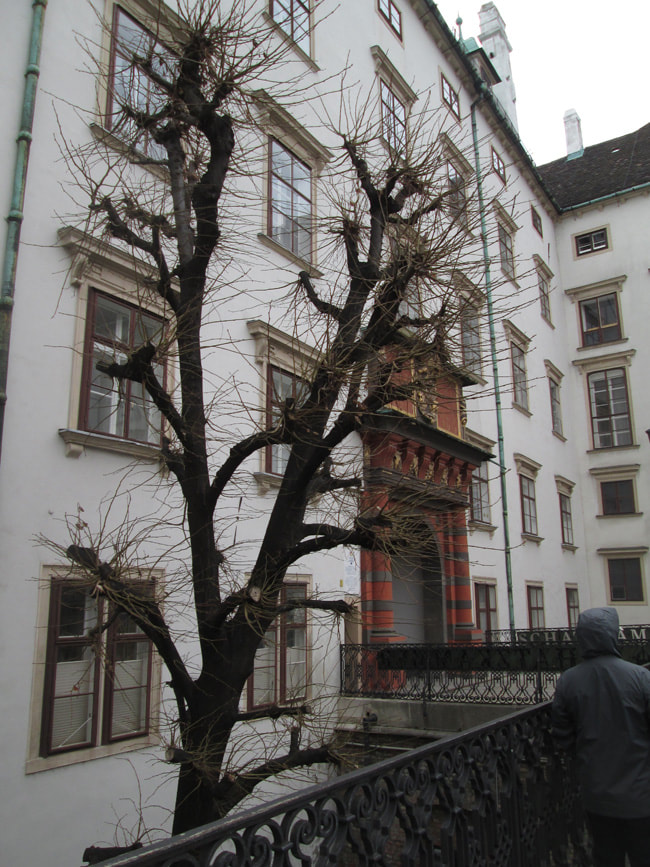
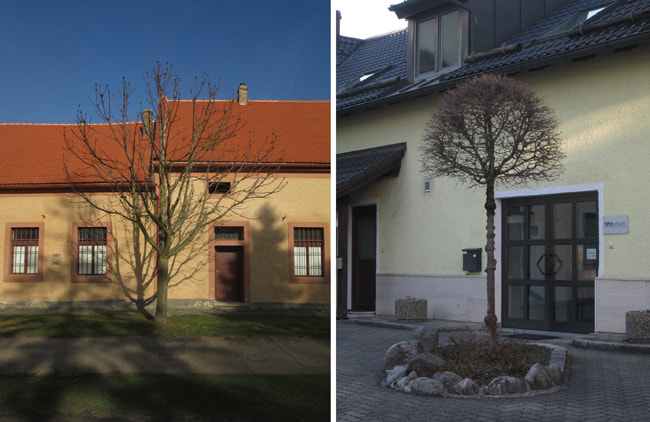
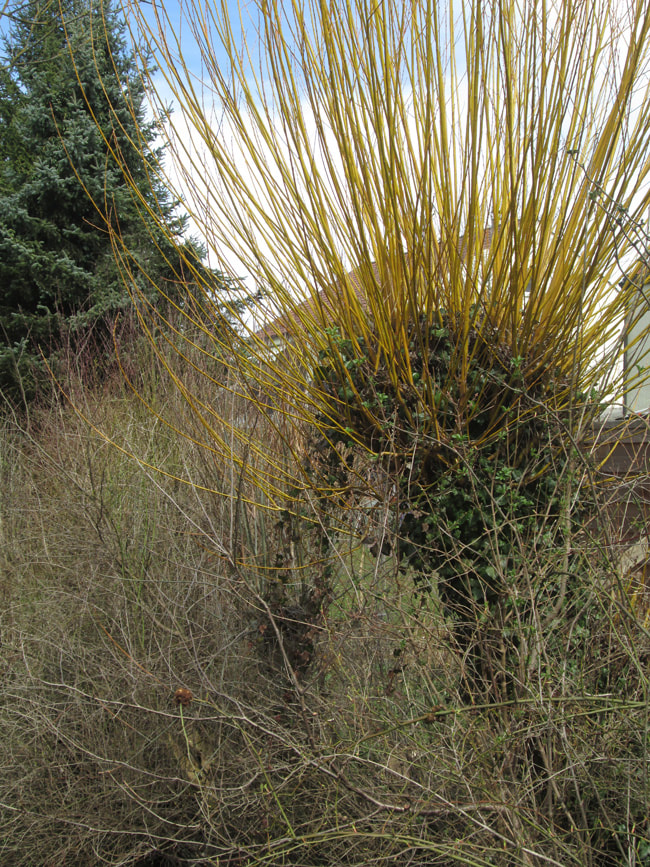
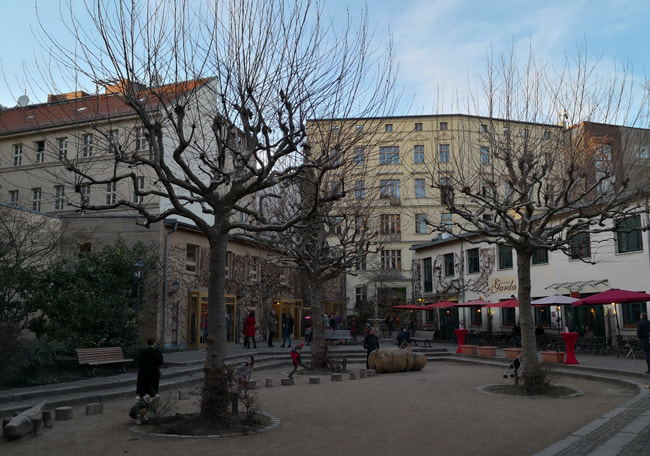
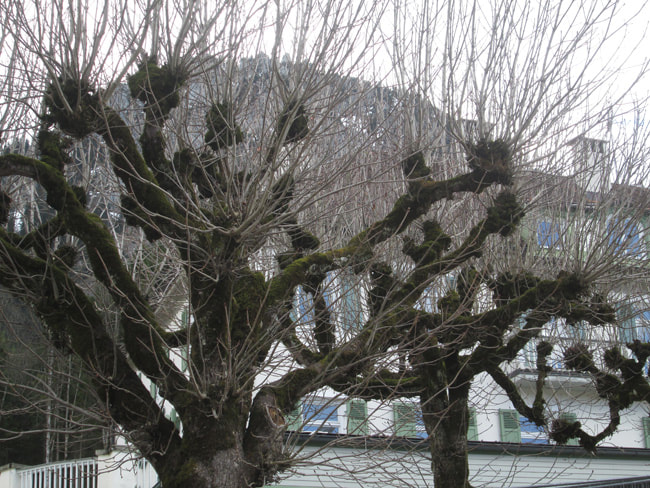
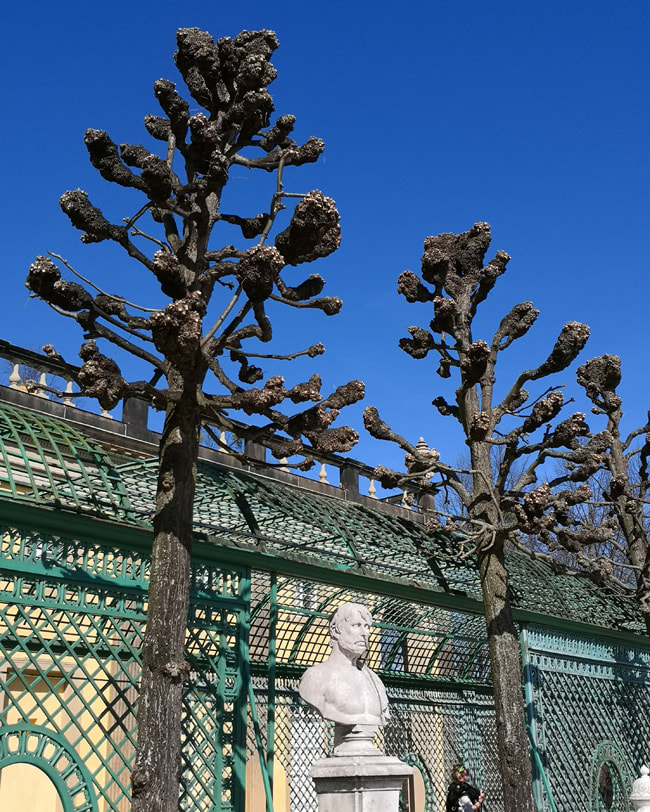
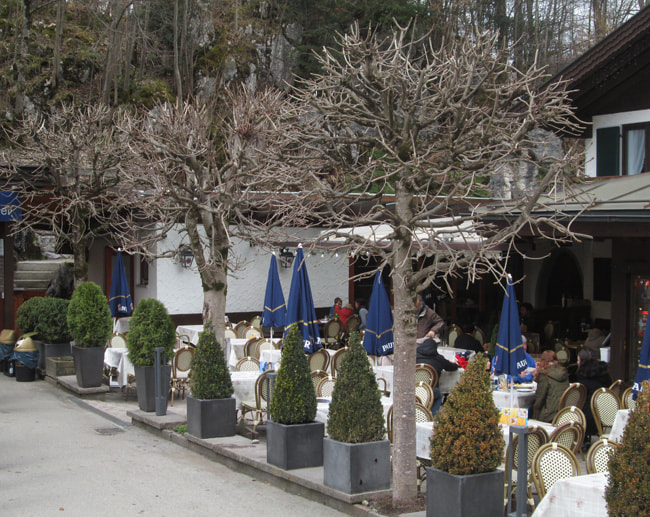
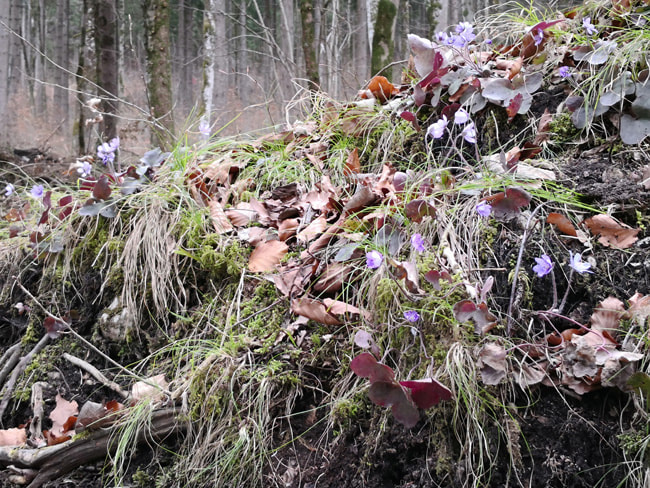
 RSS Feed
RSS Feed